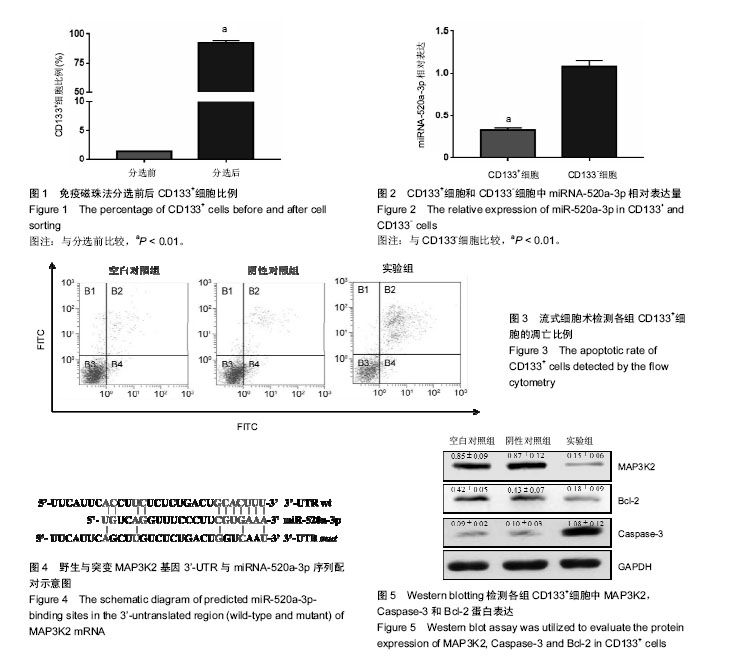| [1] Sagawa M, Sugawara T, Ishibashi N, et al. Efficacy of low-dose computed tomography screening for lung cancer: the current state of evidence of mortality reduction. Surg Today. 2017;47(7):783-788.[2] Torre LA, Bray F, Siegel RL, et al. Global cancer statistics, 2012. CA Cancer J Clin. 2015;65(2):87-108.[3] Patz EF Jr, Greco E, Gatsonis C, et al. Lung cancer incidence and mortality in National Lung Screening Trial participants who underwent low-dose CT prevalence screening: a retrospective cohort analysis of a randomised, multicentre, diagnostic screening trial. Lancet Oncol. 2016;17(5):590-599. [4] Chen W, Liu X, Yuan S, et al. HSPA12B overexpression induces cisplatin resistance in non-small-cell lung cancer by regulating the PI3K/Akt/NF-κB signaling pathway. Oncol Lett. 2018;15(3):3883-3889.[5] Hochmair MJ, Schwab S, Prosch H. Complete remission of intrathecal metastases with lorlatinib therapy in a heavily pretreated ALK-positive lung cancer patient. Anticancer Drugs. 2017;28(8):928-930.[6] Liu K, Zheng D, Xu G, et al. Local thoracic therapy improve prognosis for stage IV non-small cell lung cancer patients combined with chemotherapy: A Surveillance, Epidemiology, and End Results database analysis. PLoS One. 2017;12(11): e0187350.[7] Lo PK, Wolfson B, Zhou Q. Cancer stem cells and early stage basal-like breast cancer. World J Obstet Gynecol. 2016;5(2): 150-161. [8] Polyak K, Haviv I, Campbell IG. Co-evolution of tumor cells and their microenvironment. Trends Genet. 2009;25(1):30-38.[9] Batlle E, Clevers H. Cancer stem cells revisited. Nat Med. 2017;23(10):1124-1134. [10] Zhang L, Guo X, Zhang L, et al. SLC34A2 regulates miR-25-Gsk3β signaling pathway to affect tumor progression in gastric cancer stem cell-like cells. Mol Carcinog. 2018; 57(3):440-450.[11] Sun Y, Yoshida T, Okabe M, et al. Isolation of Stem-Like Cancer Cells in Primary Endometrial Cancer Using Cell Surface Markers CD133 and CXCR4. Transl Oncol. 2017; 10(6):976-987.[12] Zhang CL, Huang T, Wu BL, et al. Stem cells in cancer therapy: opportunities and challenges. Oncotarget. 2017; 8(43):75756-75766.[13] Chatterjee N, Rana S, Espinosa-Diez C, et al. MicroRNAs in Cancer: challenges and opportunities in early detection, disease monitoring, and therapeutic agents. Curr Pathobiol Rep. 2017;5(1):35-42.[14] Petrovic N, Ergün S, Isenovic ER. Levels of MicroRNA Heterogeneity in Cancer Biology. Mol Diagn Ther. 2017;21(5): 511-523.[15] Zhang C, Song G, Ye W, et al. MicroRNA-302a inhibits osteosarcoma cell migration and invasion by directly targeting IGF-1R. Oncol Lett. 2018;15(4):5577-5583.[16] Yu X, Ma C, Fu L, et al. MicroRNA-139 inhibits the proliferation, migration and invasion of gastric cancer cells by directly targeting ρ-associated protein kinase 1. Oncol Lett. 2018;15(4):5977-5982.[17] Tao ZQ, Shi AM, Li R, et al. Role of microRNA in prostate cancer stem/progenitor cells regulation. Eur Rev Med Pharmacol Sci. 2016;20(14):3040-3044.[18] Huang Y, Davidson NE. Targeting tumorigenicity of breast cancer stem-like cells using combination epigenetic therapy: something old and something new. J Thorac Dis. 2016;8(11): 2971-2974. [19] Moreb JS, Ucar-Bilyeu DA, Khan A. Use of retinoic acid/aldehyde dehydrogenase pathway as potential targeted therapy against cancer stem cells. Cancer Chemother Pharmacol. 2017;79(2):295-301.[20] Lin X, Chen W, Wei F, et al. Nanoparticle Delivery of miR-34a Eradicates Long-term-cultured Breast Cancer Stem Cells via Targeting C22ORF28 Directly. Theranostics. 2017;7(19): 4805-4824.[21] Wang J, Wu Y, Gao W, et al. Identification and characterization of CD133+CD44+ cancer stem cells from human laryngeal squamous cell carcinoma cell lines. J Cancer. 2017;8(3):497-506.[22] Crous AM, Abrahamse H. Lung cancer stem cells and low-intensity laser irradiation: a potential future therapy. Stem Cell Res Ther. 2013;4(5):129.[23] Mei D, Lv B, Chen B, et al. All-trans retinoic acid suppresses malignant characteristics of CD133-positive thyroid cancer stem cells and induces apoptosis. PLoS One. 2017;12(8): e0182835.[24] Sun Y, Yoshida T, Okabe M, et al. Isolation of Stem-Like Cancer Cells in Primary Endometrial Cancer Using Cell Surface Markers CD133 and CXCR4. Transl Oncol. 2017; 10(6):976-987.[25] Eramo A, Lotti F, Sette G, et al. Identification and expansion of the tumorigenic lung cancer stem cell population. Cell Death Differ. 2008;15(3):504-514.[26] Ho MM, Ng AV, Lam S, et al. Side population in human lung cancer cell lines and tumors is enriched with stem-like cancer cells. Cancer Res. 2007;67(10):4827-4833.[27] Wu N, Song Y, Pang L, et al. CRCT1 regulated by microRNA-520 g inhibits proliferation and induces apoptosis in esophageal squamous cell cancer. Tumour Biol. 2016; 37(6):8271-8279.[28] Keklikoglou I, Koerner C, Schmidt C, et al. MicroRNA-520/373 family functions as a tumor suppressor in estrogen receptor negative breast cancer by targeting NF-κB and TGF-β signaling pathways. Oncogene. 2012;31(37):4150-4163.[29] Liu Y, Miao L, Ni R, et al. microRNA-520a-3p inhibits proliferation and cancer stem cell phenotype by targeting HOXD8 in non-small cell lung cancer. Oncol Rep. 2016;36(6): 3529-3535.[30] Esser JS, Saretzki E, Pankratz F, et al. Bone morphogenetic protein 4 regulates microRNAs miR-494 and miR-126-5p in control of endothelial cell function in angiogenesis. Thromb Haemost. 2017;117(4):734-749.[31] Zhu Y, Peng Q, Lin Y, et al. Identification of biomarker microRNAs for predicting the response of colorectal cancer to neoadjuvant chemoradiotherapy based on microRNA regulatory network. Oncotarget. 2017;8(2):2233-2248.[32] Zhang R, Liu R, Liu C, et al. A Novel Role for MiR-520a-3p in Regulating EGFR Expression in Colorectal Cancer. Cell Physiol Biochem. 2017;42(4):1559-1574. [33] Li J, Wei J, Mei Z, et al. Suppressing role of miR-520a-3p in breast cancer through CCND1 and CD44. Am J Transl Res. 2017;9(1):146-154.[34] Huang T, She K, Peng G, et al. MicroRNA-186 suppresses cell proliferation and metastasis through targeting MAP3K2 in non-small cell lung cancer. Int J Oncol. 2016;49(4): 1437-1444. [35] Wu J, Li WZ, Huang ML, et al. Regulation of cancerous progression and epithelial-mesenchymal transition by miR-34c-3p via modulation of MAP3K2 signaling in triple-negative breast cancer cells. Biochem Biophys Res Commun. 2017;483(1):10-16.[36] Qiu J, Thorley-Lawson DA. EBV microRNA BART 18-5p targets MAP3K2 to facilitate persistence in vivo by inhibiting viral replication in B cells. Proc Natl Acad Sci U S A. 2014; 111(30):11157-11162.[37] Zhang X, Song H, Qiao S, et al. MiR-17-5p and miR-20a promote chicken cell proliferation at least in part by upregulation of c-Myc via MAP3K2 targeting. Sci Rep. 2017; 7(1):15852. [38] Mazur PK, Reynoird N, Khatri P, et al. SMYD3 links lysine methylation of MAP3K2 to Ras-driven cancer. Nature. 2014; 510(7504):283-287. |
.jpg)

.jpg)